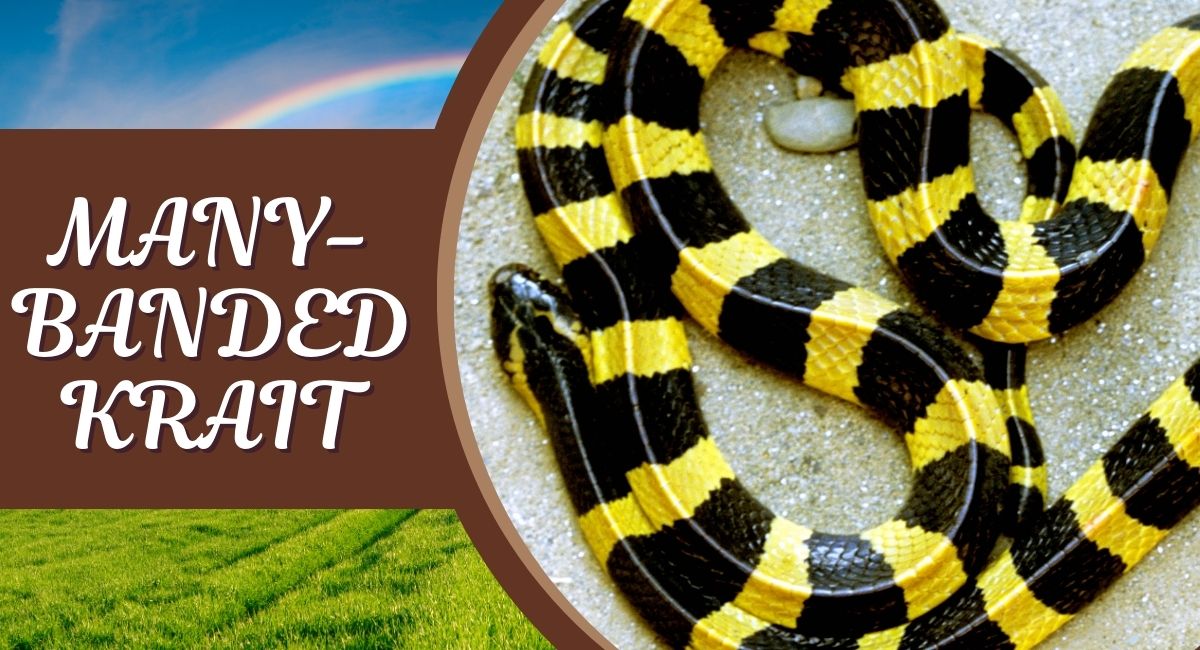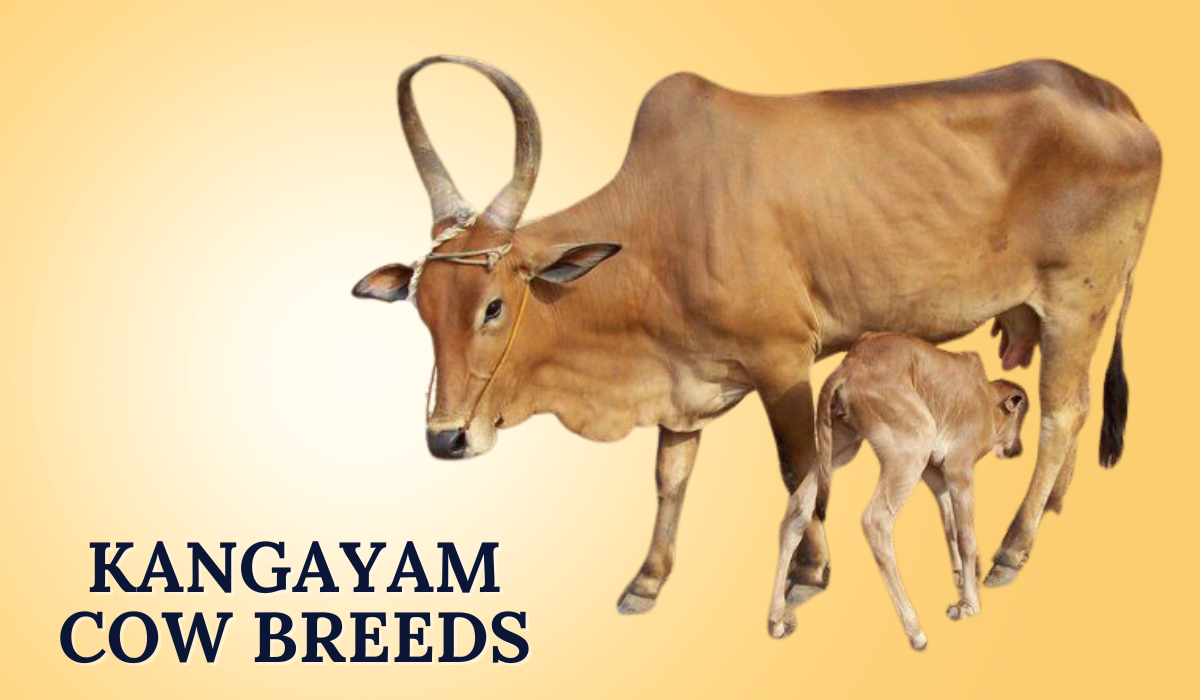Physical Characteristics
The many-banded krait is easily identifiable due to its unique coloration. Typically, it features alternating bands of black and yellow or white, giving it a striking appearance that can reach lengths of 3 to 6 feet (0.9 to 1.8 meters). Juveniles often display more vibrant colors than adults, which can fade over time, resulting in a more subdued appearance. This coloration serves a dual purpose: while it offers some camouflage in its natural habitat, it also warns potential predators of its venomous nature.
The snake’s body is slender and elongated, allowing it to navigate through various terrains with agility. The many-banded krait possesses small, smooth scales that contribute to its streamlined shape. Unlike some other snakes that have a more robust build, the many-banded krait’s slender form enables it to move swiftly, which is essential for both hunting and evading threats.
Habitat and Distribution
Many-banded kraits are found in the tropical and subtropical regions of Southeast Asia. These regions include countries such as India, Bangladesh, Myanmar, Thailand, Laos, Vietnam, and southern China. They thrive in various habitats like forests, grasslands, and agricultural fields. These snakes often prefer areas near water sources such as rivers and rice paddies.
These Deadliest Snakes in the World are mainly nocturnal. They are most active at night while hunting for prey. Their preference for dimly lit environments helps them ambush food and avoid predators. The many-banded krait is highly adaptable to different habitats. This adaptability has contributed to its widespread distribution. However, habitat destruction poses a significant threat to their populations.
Diet and Hunting Behavior
The many-banded krait is a carnivore, with a diet that primarily consists of small vertebrates, including rodents, frogs, lizards, and other snakes. This species is particularly adept at hunting during the night, relying on its keen senses to detect movement and locate prey.
When hunting, the many-banded krait employs a stealthy approach, often remaining motionless until it can strike with incredible speed. Its venomous bite is highly effective in immobilizing prey, allowing the Deadliest Snakes In The World to consume its meal with ease. The neurotoxic venom of the many-banded krait affects the nervous system, leading to paralysis and making it easier for the snake to swallow its prey whole.
Reproduction and Lifespan
The breeding season for many-banded kraits typically occurs during the warmer months, usually between March and May. After mating, females lay a clutch of 5 to 15 eggs. These eggs are placed in hidden locations such as under rocks or in decaying vegetation. The eggs incubate for approximately 60 to 90 days. Once hatched, the young snakes emerge fully formed and capable of independent survival.
Juvenile many-banded kraits have vibrant coloration. This may serve as a warning to potential predators. The lifespan of many-banded kraits in the wild is not extensively documented. However, they are believed to live up to 10 years. This depends on factors like predation, habitat conditions, and food availability.
Venom and Human Interaction
The venom of the many-banded krait is highly toxic and primarily neurotoxic, affecting the nervous system and leading to symptoms such as muscle paralysis, respiratory failure, and, in severe cases, death. Bites from this Deadliest Snakes In The World can be fatal if not treated promptly with appropriate medical intervention. Despite its potent venom, many-banded kraits are generally shy and reclusive, preferring to avoid human interaction whenever possible.
However, human encounters with many-banded kraits have increased due to habitat encroachment and agricultural activities. In some cases, these encounters can lead to accidental bites, often occurring when people inadvertently step on or provoke the snake. Education and awareness about the many-banded krait are crucial in reducing fear and promoting coexistence with this fascinating species.
Conservation Status
The many-banded krait is currently listed as “Least Concern” on the IUCN Red List. However, it faces several threats that could impact its populations in the future. Habitat loss due to deforestation, agricultural expansion, and urbanization poses significant challenges to the survival of this species. Additionally, the illegal wildlife trade can harm local populations, as people capture some individuals for the pet trade or traditional medicine.
Conservation efforts are crucial for preserving natural habitats. Raising awareness about the importance of the many-banded krait is also essential. Protecting their ecosystems and educating local communities about the ecological role of this Deadliest Snakes In The World will help mitigate conflicts and promote coexistence.
Cultural Significance
The many-banded krait holds a significant place in the folklore and culture of Southeast Asia, reflecting a complex relationship between humans and this striking serpent. In some regions, people revere it as a powerful symbol of strength and resilience, while in others, its potent venom evokes fear. This dual perception emphasizes the importance of a balanced understanding of the many-banded krait. Recognizing its ecological significance as a predator helps highlight its role in maintaining the health of local ecosystems. At the same time, acknowledging the risks associated with its venom is crucial for promoting safety and coexistence. Ultimately, a deeper appreciation of the many-banded krait can foster respect for this unique species and its vital place in nature.
Interesting Facts About the Many-Banded Krait
- Distinctive Appearance: The many-banded krait is easily recognized by its striking pattern of alternating black and yellow or white bands, which helps it blend into its environment while also serving as a warning to potential predators.
- Venomous Nature: This snake possesses highly potent neurotoxic venom, which affects the nervous system and can cause paralysis and respiratory failure in its prey, making it one of the Deadliest Snakes In The World.
- Nocturnal Predator: Many-banded kraits are primarily nocturnal, meaning they are most active during the night, utilizing their keen senses to hunt for prey in low-light conditions.
- Diet Specialization: Their diet mainly consists of small vertebrates, including rodents, frogs, lizards, and other snakes, showcasing their role as an important predator in their ecosystem.
- Maternal Care: Unlike many snake species, female many-banded kraits exhibit maternal care by laying eggs in hidden locations and remaining nearby to protect them until they hatch.
Conclusion
The many-banded krait is a striking and essential species that showcases the complexity of nature. With its distinctive appearance, fascinating behaviors, and critical role in maintaining ecological balance, this venomous snake deserves respect and protection. By understanding the many-banded krait’s characteristics and challenges, we can foster a greater appreciation for this remarkable creature. This will help us work towards ensuring its survival in an ever-changing world. Conservation efforts focused on habitat preservation are crucial. Community education is also essential for safeguarding the future of the many-banded krait. Its vital role in the ecosystem must be protected.



